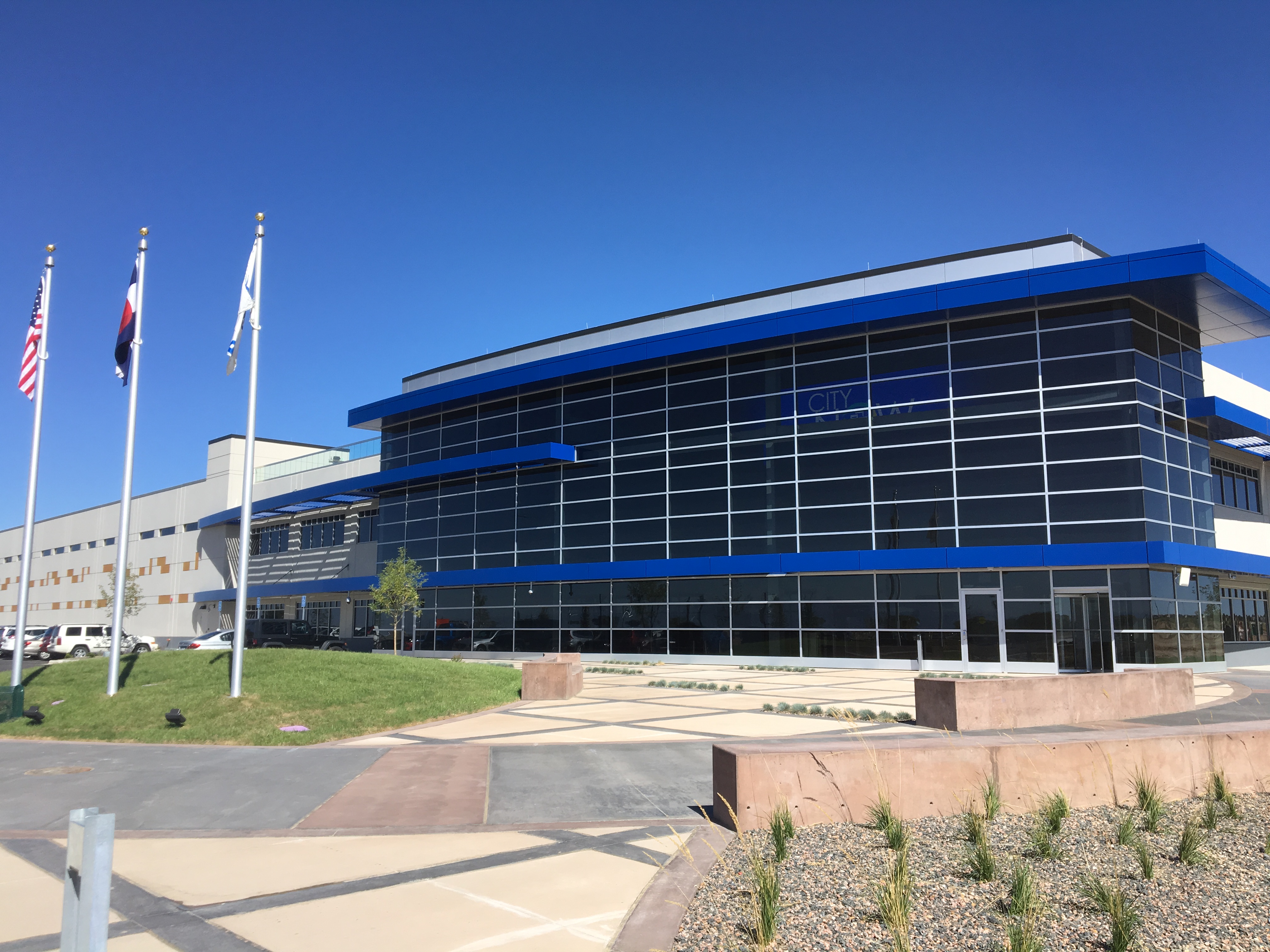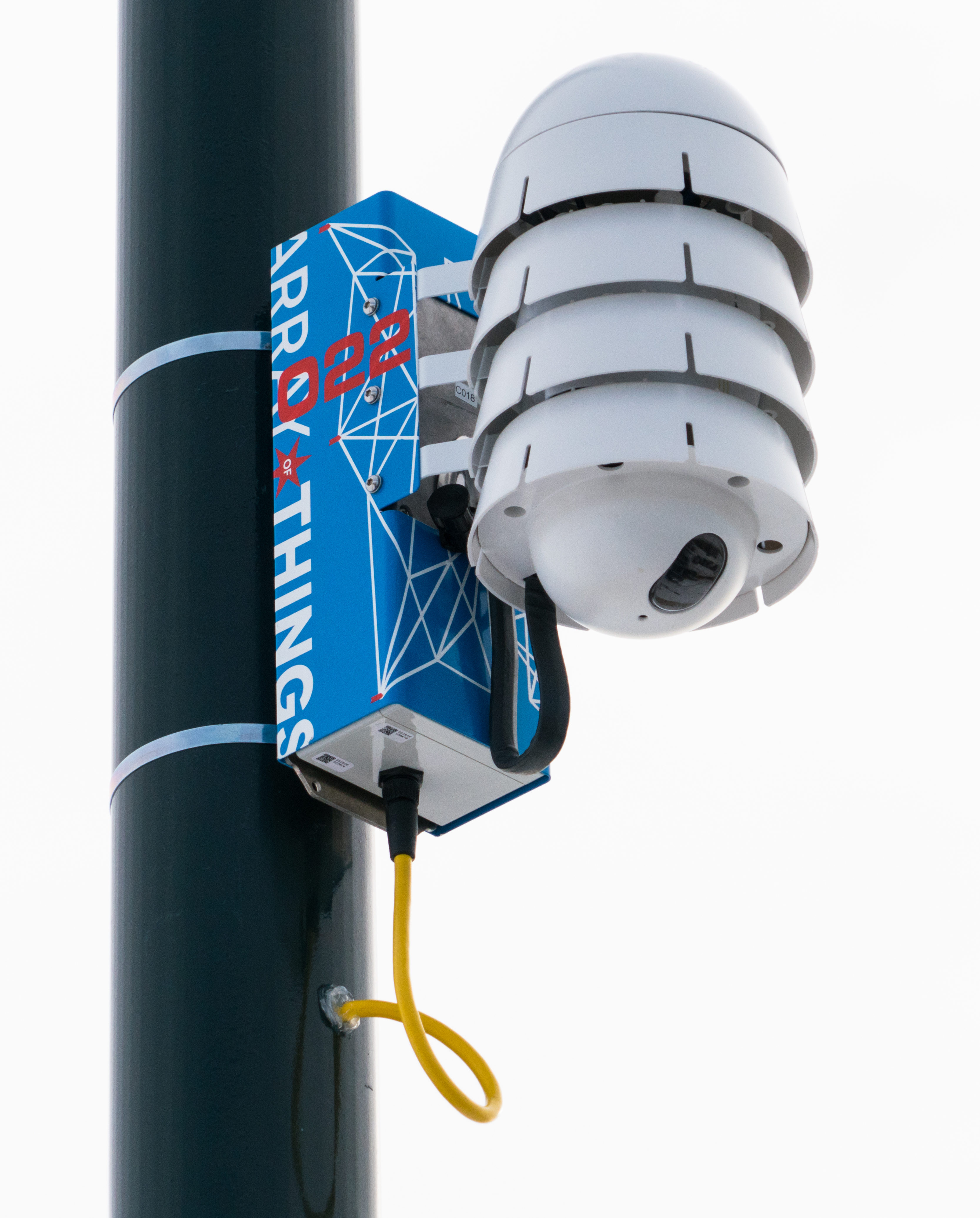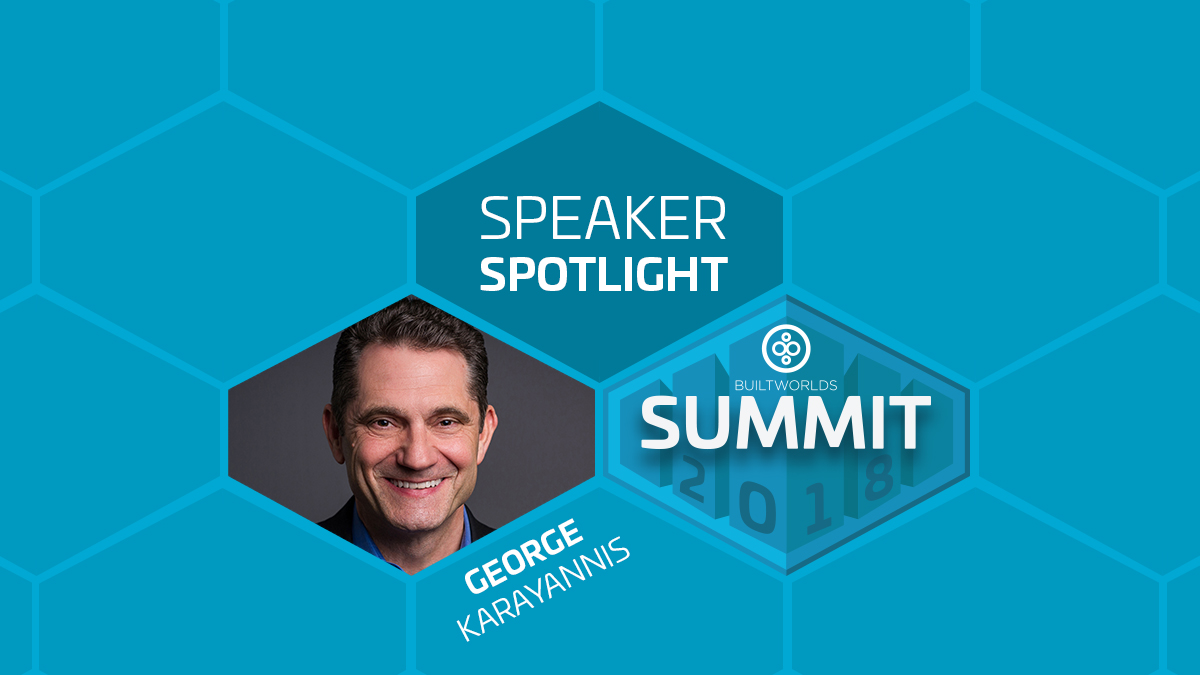While developing smart cities can often seem like a proposition centered squarely around shiny, futuristic utilities, the truth of the matter is that those technologies can’t be integrated in our buildings and infrastructure without quite a bit of legwork aligning stakeholders. That’s where Panasonic’s CityNOW comes in.
In addition to aggregating data and creating opportunities to deploy interconnected vehicle technologies, smart streetlights, microgrids, and more, CityNOW works to bring the right people to the table to ensure those technologies function everywhere they can. One’s ability to enhance their safety on the road via connected vehicle technology shouldn’t end when they take an exit ramp off the highway. That’s why CityNOW aligns private and public stakeholders to deploy effective business models for smart cities.
Headquartered in Colorado, CityNOW has recently secured a 5 year, $72 million contract with the Colorado Department of Transportation to deploy the country’s first commercial-scale connected vehicle platform, one of many projects underway in Denver and its surrounding areas with CityNOW.
Curious to learn more about how Panasonic’s CityNOW is changing our built environment, BuiltWorlds sat down with George Karayannis, Vice President of CityNOW at Panasonic USA.
What is Panasonic’s CityNOW doing differently than other smart city endeavors?
What CityNOW is doing fairly uniquely is working very effectively with leaders from cities, utilities, private developers, and state departments of transportation to create transformational outcomes, whether they’re communities, buildings, or mobility experiences. We are becoming quite adept at aligning the senior executive stakeholders among those various groups so that once we have them aligned, we can optimize the P3 (public-private partnership) business models, which then enable the implementation of a lot of smart city projects.

The difference we are creating is safer and more efficient transit with fewer accidents and delays, more efficient, sustainable and resilient buildings, and deeply integrated, human-centric live-work-play communities.
CityNOW is a key component of the growing Denver aerotropolis. How does Panasonic approach similar development around the rest of the country?
In North America we aren’t going to build any ground up smart cities. We’re all built out. We’re going to build smart buildings, smart blocks, a sports and entertainment district, and similar developments. Smart cities in North America are going to get built out a building or a couple blocks at a time.
That’s why it’s so important to work closely with cities, utilities, and developers so that we can provide deeply integrated solutions that enable capabilities that really haven’t been attainable before. Typically, a developer has an arms-length relationship with the city and the utility. We’re optimizing at the building and the district levels by getting all stakeholders on the same side of the table. This is transformational.
One of the CityNOW technologies is the implementation of smart streetlights. How are those an entryway to creating smarter cities?
Smart streetlights are sometimes considered the ‘gateway drug’ to smart cities, largely because they will be one of the first opportunities a city will have to deploy city-wide ‘smart’ technology. When a city upgrades to LED streetlights, the first thing they have to decide is whether they want to control them. Do they want to add wireless controls so they can achieve deep energy savings and make them interactive? Now that LED is a digital light source, cities understand they have unbelievably valuable real estate on that streetlight pole. What was once a liability is now a strategic asset. They can hang banners, small cells, environmental sensors, parking sensors, security cameras, off of it.

It’s a way for cities to holistically think about smart city technology and applications that leverage either the physical streetlight pole, the electrical conductor in that pole, or the communications network that is managing the streetlight control. It’s really a way to get cities to think strategically about their street infrastructure, and to help them manage the enormous complexity involved with aligning all the related stakeholders. It’s also relevant for developers because cities are increasingly looking for developers to lead the way and pilot certain smart city technology simply because they can move quicker.
CityNOW offers consulting for cities during the process of unrolling these technologies. Does it have a similar initiative for developers?
We provide Smart District Master Planning Services for developers. The city and the developer have slightly different needs, so what we focus on with the developer is optimizing energy, sustainability, mobility, and Internet of Things technology at the design phase. If they’re already at construction documents, it’s just too late for us to provide any value.
At the design document or earlier phase, we help developers think through smart buildings and districts from an integrated perspective. We bring strategic planning services to the developer, and help align the utility and the city to achieve the best possible impact from an economic development / ROI perspective, from a customer experience perspective, from an environmental impact perspective, and so on.
George Karayannis will be speaking at the 2018 BuiltWorlds Summit in Chicago this April. Learn more about the event and secure your tickets before it’s sold out!


Discussion
Be the first to leave a comment.
You must be a member of the BuiltWorlds community to join the discussion.